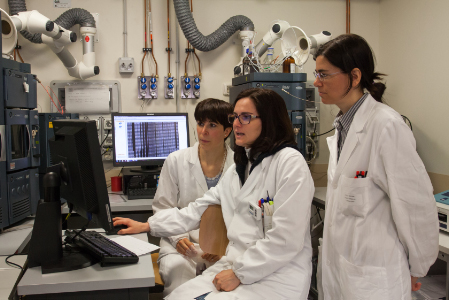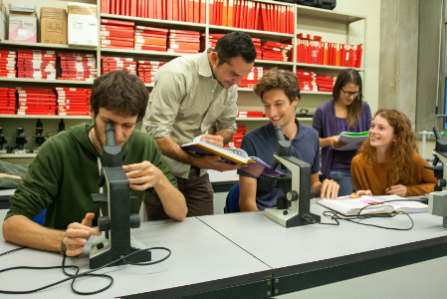Native forearm arteriovenous fistulae (AVF) provide the ideal vascular access for haemodialysis, because once they have fully matured they have few complications and excellent patency rates. Mature AVF can become stenosed and, consequently, thrombosed; therefore, to increase access longevity, monitoring for stenoses and their correction prior to thrombosis have been advocated. National Kidney Foundation-K/DOQI guidelines recommend elective stenosis repair in poorly functioning AVF (when significant haemodynamic dysfunction warns of inadequate delivery of dialysis and impending thrombosis). Elective repair is not warranted, however, in well-functioning AVF, since prospective studies on the efficacy of the repair are lacking and early and aggressive treatment may be neither useful nor cost-effective in this type of access, which already has low thrombosis rates. Therefore, aims of the study were to identify the optimal timing of stenosis correction and to evaluate the relationship between the haemodynamic characteristics of the access and outcomes.







